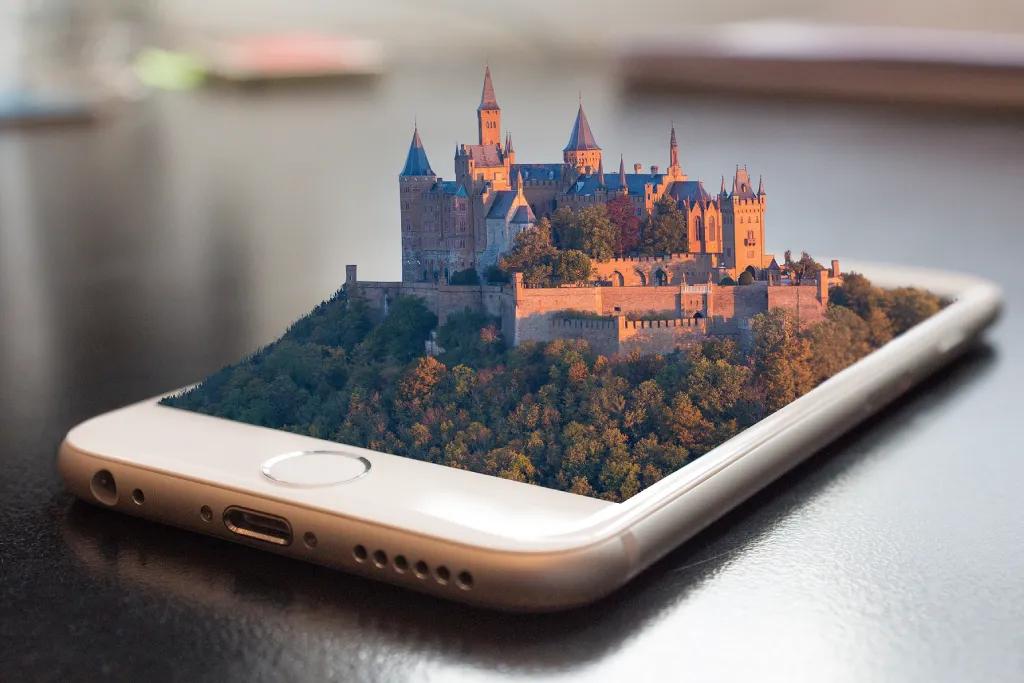Virtual Reality as an Innovative Marketing Approach in Hospitality Services
Customers’ acceptance of technology allows greater tolerance of technological innovations and affects their readiness for virtual reality videos. The trend is changing where customers expect more from the services industry, specifically in providing them with more realistic images of the services offered. Virtual reality could be the tool to provide this change. One of the ways is to create user-friendly virtual reality videos that could be viewed by users without the hassle of making any preparation, installation, expertise requirement and so on.
Virtual reality videos can be viewed easily by using any devices that are already part of everyday lives. With the aid of virtual reality headsets, customers could become more immersed in the digital environment and develop deeper connections in the videos and by interacting with the virtual world. Virtual reality videos could increase customers’ engagement by providing real-life pictures with appealing sounds and other physical sensations that enable users to experience moving around the virtual environment.
Generally, this approach would be more appealing than using textual content, as it feeds customers with the reality of the services and a heads up to customers about what to expect. Through virtual reality videos, customers are not just watching but also interacting and experiencing the services. Customers would prefer videos, as they could feel connected virtually and wholly by seeing the services more interestingly. Video content is easily digestible with the fast-moving actions and realistic simulations of the experience. This would in return help the marketers to retain customers’ value.
Many travellers often conduct extensive research to acquire more information before travelling to reduce the risk of having an unpleasant travel experience. This would give travellers a sense of reassurance. Having access to virtual reality videos before travelling allows travellers to look at the attractions, hotel rooms or airlines seats, which allows them to experience the exclusive services of “try before you buy”.
The hospitality services industry is quickly adopting virtual reality as one of the marketing communication strategies. Nonetheless, virtual reality could do more than that by creating virtual experience and interaction with the customers and, thus, it is one of the new emerging interactive approaches. Although several hotels and restaurants have created virtual reality videos, many of these videos lack navigation options, and some lack high-definition resolution or provide realistic feelings.
Hospitality services companies could take the use of virtual reality to the next level by providing more navigation options such as enabling users to make bookings, interact with the video and explore the hotel by providing views of room types, facilities, conference banquet rooms, meal options and the key attractions of the hotel. This virtual reality experience could also include interactive elements that allow guests to feel the reality of the services provided by the hotel or airline. For instance, guests could experience the service attendant’s warm welcome with gestures and emotions. Service attendants could also guide guests through the navigation panel and briefly introduce the hotel’s history and background. Some interactive buttons could be assigned to trigger welcome messages or short video clips. This would certainly add value to the basic virtual reality videos.
This virtual reality video is beneficial not only to potential guests but also to online travel agents or event planners. It gives them an idea of the facilities and room types available. They could understand the product and services better and eventually make a more informed choice. Well-equipped third parties could help the hotel boost its sales, and the videos would make it easier for them to make an impact on potential customers.
Many hospitality services still lack virtual reality creations such as those presented by airline services. They could showcase their services as well as the tangible goods of seats and spaces, inflight meals, onboard services, and safety precautions. Customers could be shown a comparison of the economy- and first-class services, which could help them decide to upgrade from economy to first class. Likewise, virtual reality videos could be used for food and beverage (F&B) services to showcase the menu in a captivating way and encourage impulsive orders. Virtual reality in F&B services is not only used to present the menu but could be adopted to show how the dishes were made and the details of the ingredients. Further to this, a virtual reality video of the kitchen tour would be an added value by emphasising cleanliness and sanitation to demonstrate kitchen hygiene.
In marketing, the hospitality services industry strives to show the experience to the customers, while in reality has been endeavouring to provide a better customer experience beyond their expectations to increase customer satisfaction. Thus, virtual reality would be one of the many options.
Dr Maggie Leong Mei Kei
School of Hospitality and Service Management
Email: @email
This article was first published in The Edge, on October 4, 2021.




